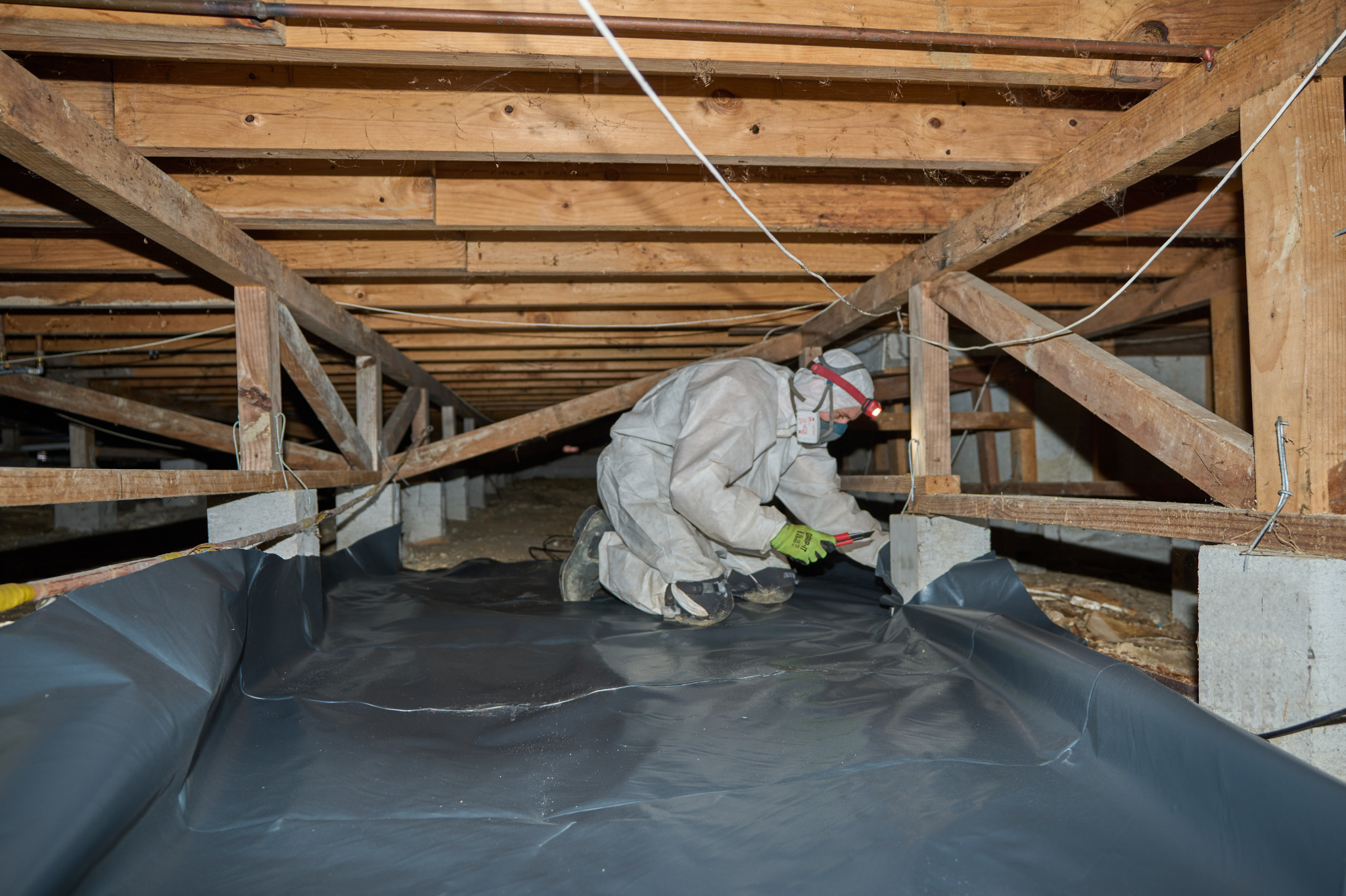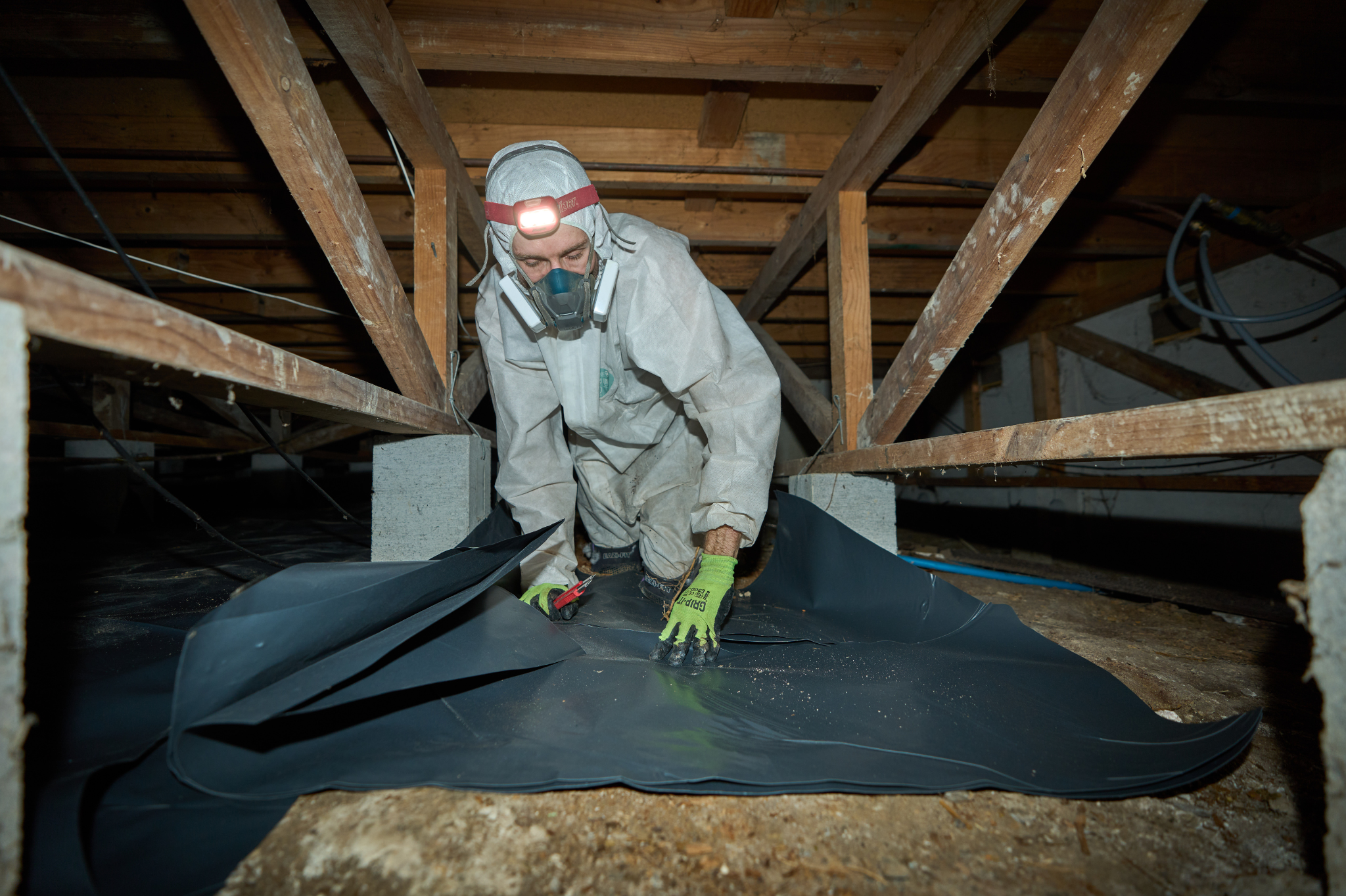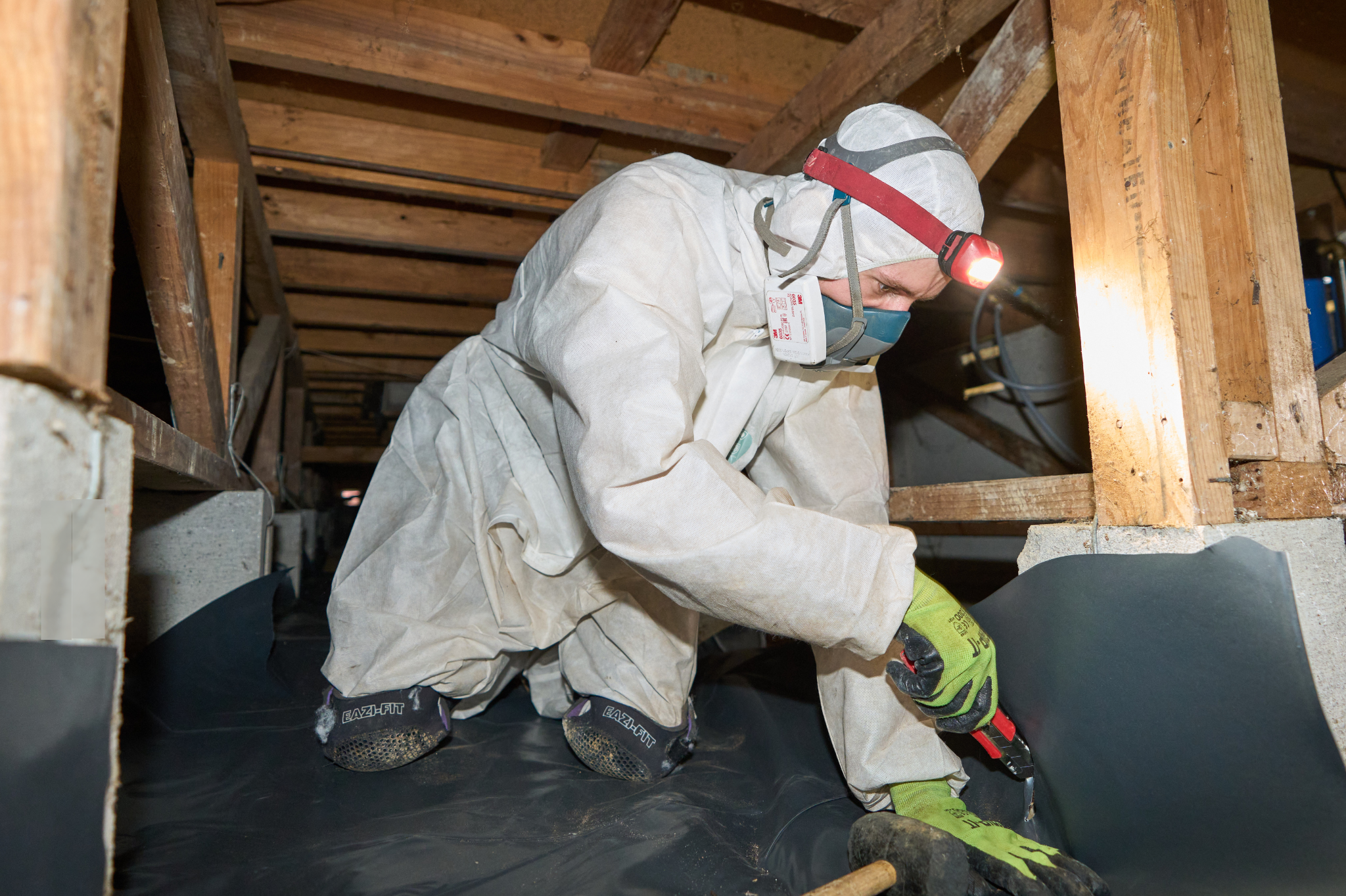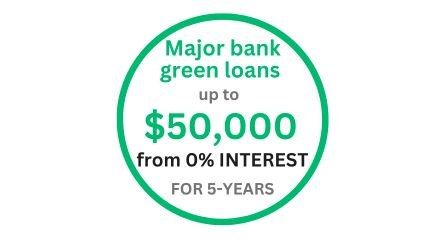Ground moisture barrier to stop the damp
Excess moisture under your home can lead to dampness, mould growth, and unhealthy indoor air, while also driving up your heating costs. A ground moisture barrier is a simple yet effective solution to prevent this moisture from rising into your home.
At Brightr, we provide professional installation of high-quality ground moisture barrier that protects your home from dampness and its associated problems. Our experienced team will ensure that your barrier is securely in place, helping to improve the health of your home, reduce energy bills, and keep your living spaces warmer and drier.
What exactly is ground moisture barrier?
A ground moisture barrier is polythene sheeting that we can install at the same time as your underfloor insulation. If the ground underneath your home is regularly damp you should have a ground moisture barrier laid to avoid "rising damp" which can cause mould and unhealthy damp conditions in your home.
Don’t let unseen moisture affect the comfort and safety of your home. Contact Brightr today and take the first step toward a healthier, more energy-efficient home with our expertly installed ground moisture barriers.
We'll help get it right
Get in touch with Brightr today to ensure your ground moisture barrier is installed correctly and effectively protects your home.







